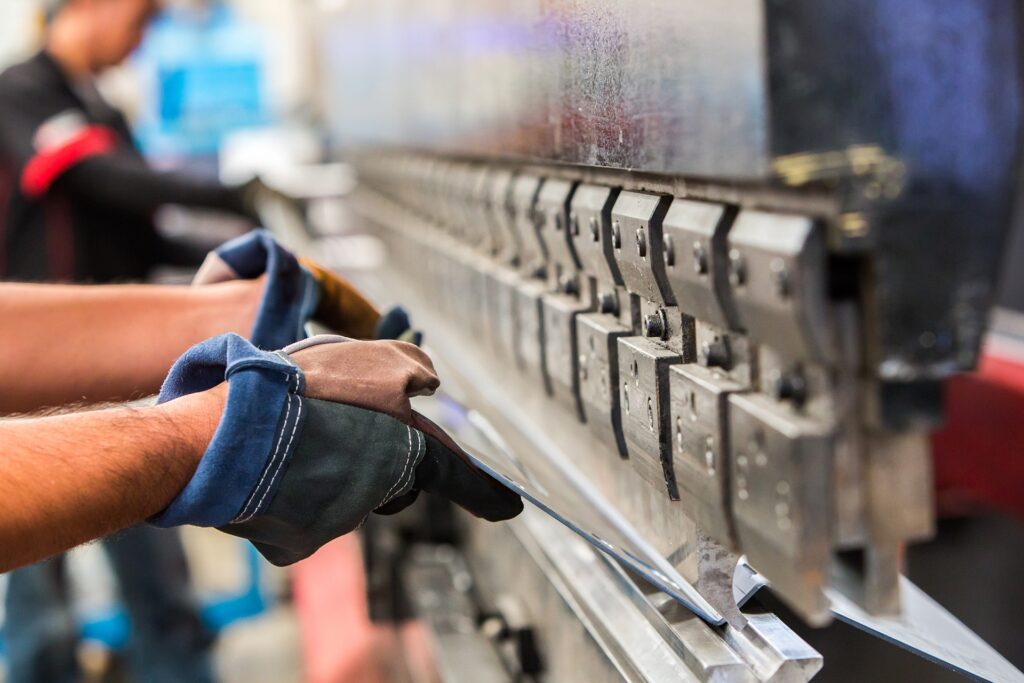Metal in the shape of flat, broad sheets is known as sheet metal. Rarely is sheet metal by itself a finished good. Instead, producers use it to make a variety of items for a range of markets. Aerospace, automotive, communication, computing, building, electrical, food preparation and storage, medicines, and the military are a few of these.
Products from Steel Metals
Providers of quality sheet metal fabrication services can produce a wide range of parts and goods using their skills. Metal furniture, fencing, and cages, stairway railings, HVAC industry components (ductwork, grating, venting, etc.), lighting hoods, scissors, structural components (stainless steel structure skeletons, aircraft framework, etc.), and silverware are a few examples of some of these parts and items.
Service Details of Sheet Metal Fabrication Companies
- Metal Sheet Forming
Manufacturers must first mold the sheet metal in order to use it to create any parts or products. Sheet metal manufacturers in the sheet metal industry heat raw metal until it is flexible in order to shape it into rectangular sheets. Then, they spread it out in the form of long, molten slabs. The precision sheet metal slabs are next sent through a set of big, strong rollers. The metal slabs are compressed by the rollers into broad, expansive planes or sheets.
- Shipment of Sheet Metal
Sheet metal is produced by metalworkers, who then cut it to measure and transport it to a different production facility. The metal sheet is designed and created at the following place.
- Entity Design
Then, producers develop a design. The process of locating all conceivable stress points, weak spots, and other challenges that a final product might encounter, as well as creating and implementing a thorough action plan in order to make sure that the item is immune to any potential problems, is known as sheet metal design.
- Parts Manufacturing
Manufacturers shape the metal sheet during this stage of fabrication so that it will become the finished object they are producing. Sheet metal manufacturers can accomplish this by using a wide range of metalworking techniques, such as machining, snipping, slicing, shearing, digging, perforating, stretching, rolling, bending, spinning, ironing, stamping, sanding, deburring, blanking, and welding (spot welding, MIG welding (metal inert gas welding), TIG welding (tungsten inert gas welding), stick welding, etc.).
- Heat Therapy (Optional)
Metalworkers usually always take advantage of the possibility to undertake heat treatment, despite it being an optional step. Producers heat treat metal components to both strengthen and make them harder, or soften them so they may be worked more easily. The most popular heat treatment techniques include annealing, quenching, and tempering.
- Assembly (Optional) (Optional)
Last but not least, manufacturers frequently assemble precise sheet metal products that have several parts before shipping them out.
- Design
Manufacturers consider standards like product purpose, required product strength, quantity request, guidelines provided, required material properties (corrosion resistance, shock resistance, heat resistance, etc.), and similar things when determining how to fabricate a custom metal part or parts. Almost any type of custom sheet metal or custom sheet metal goods can be produced by sheet metal fabricators. Custom items might differ in terms of shape, size, complexity, materials, and other factors. Speaking with your prospective suppliers will help you learn more about bespoke fabrication. Read More https://yijinsolution.com/





More Stories
4 Safe and Legal Ways to Turn Your Credit Card Limit into Cash
In-Depth Analysis and Recommendation Guide for 11 Popular Small Payment Gift Certificates in 2025
Unveiling Top SEO Optimization Trends for Entrepreneurs in 2024: Your Road to Digital Success